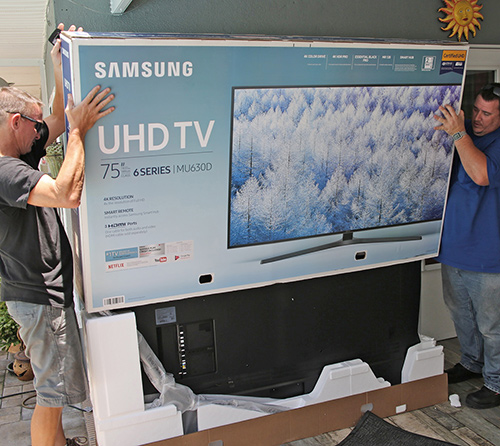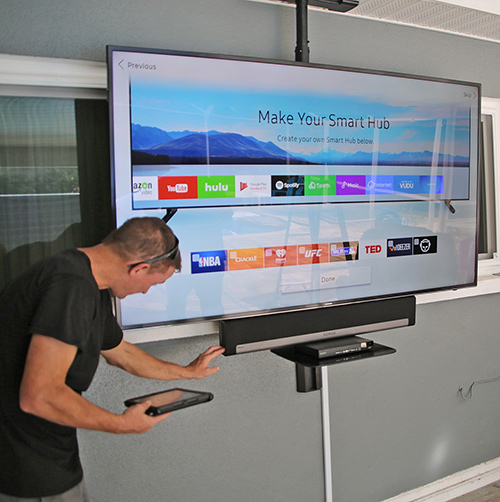 When you think HDTV, what do you think of? You probably think of a television that has a much higher picture quality than standard sets in years past. The term “high definition TV” is part of our vocabulary these days, but the term can mean different things.
When you think HDTV, what do you think of? You probably think of a television that has a much higher picture quality than standard sets in years past. The term “high definition TV” is part of our vocabulary these days, but the term can mean different things.
If you’re shopping for a high definition TV, here’s some of the terminology you’ll want to know in order to make the best purchase.
4K
This is a pretty simple one. A 4K TV is made to deliver four times the resolution of a regular HDTV. This is the current “state of the art” for most home tv buyers. Most broadcasts and streaming are not yet up to this standard but the media follows the technology very quickly, so it won’t be long before there are plenty to choose from in 4K resolution.
LED
This and the next few terms refer to panel technology, with LED (light-emitting diode) being the oldest and least expensive. LCD TVs in the past used fluorescent tubes to light the screen; LED TVs use diodes, which bring better picture contrast levels and darker black shades for more depth. The screen of an LED TV is bright and rich, and the colors are vibrant. These sets are thin, light and easy to mount. They use less energy and, as noted, are your least-expensive option.
OLED
OLED stands for “organic light-emitting diode.” OLED panels are built from carbon-based materials that give off light when electricity is run through them. These units provide exceptional picture quality and are extremely thin – some with a thickness of just several millimeters. OLED TVs are virtually unmatched when it comes to contrast ratio, which is the separation of very bright white and very dark black. They operate on less energy than other TV panel designs.
Quantum Dot
In TV tech terminology, a quantum dot is a microscopic Nano crystal that can be as small as a billionth of a meter. Quantum dot televisions provide the same high contrast ratio as OLED while bringing amazingly dark and light colors with brightness levels higher than OLEDs. Viewers enjoy enhanced color reproduction, particularly with shades in the green, red and cyan families. Displays on these panels last longer than those on OLED TVs and aren’t prone to ghost images. Quantum dot TVs are not as thin as OLEDs but are usually more affordable.
QLED
This is the superstar of today’s TVs. They take quantum dot technology and kick it up to new levels. Developed by Samsung and released in models in the spring of 2017, QLED (quantum light-emitting diode) TVs operate with a quantum dot filter, currently aluminum-based, that produces a brighter picture and a color palette that’s broader and more accurate than other panel styles. In technical terms, QLED TVs can handle between 1,500 and 2,000 nits brightness. By comparison, HDR (high-density resolution) is achieved at 1,000 nits.
 This may all seem a bit daunting, but the experts at DataTek & A/V of Tampa Bay can guide you through everything you need to know in order to purchase a new flat screen HDTV that will fit both your needs and your budget. This overview is simply to let you know that high definition TV technology has come a very long way in just the last decade, and when you’re talking “HD,” the field is quite expansive and filled with great choices and options.
This may all seem a bit daunting, but the experts at DataTek & A/V of Tampa Bay can guide you through everything you need to know in order to purchase a new flat screen HDTV that will fit both your needs and your budget. This overview is simply to let you know that high definition TV technology has come a very long way in just the last decade, and when you’re talking “HD,” the field is quite expansive and filled with great choices and options.
We’re happy to show you the best HDTVs available today, and we can perform a safe and correct installation of any unit we sell.
Call us today and tell us about your flat screen television needs.
DataTek & A/V
We build systems and relationships
(813) 321-3110

